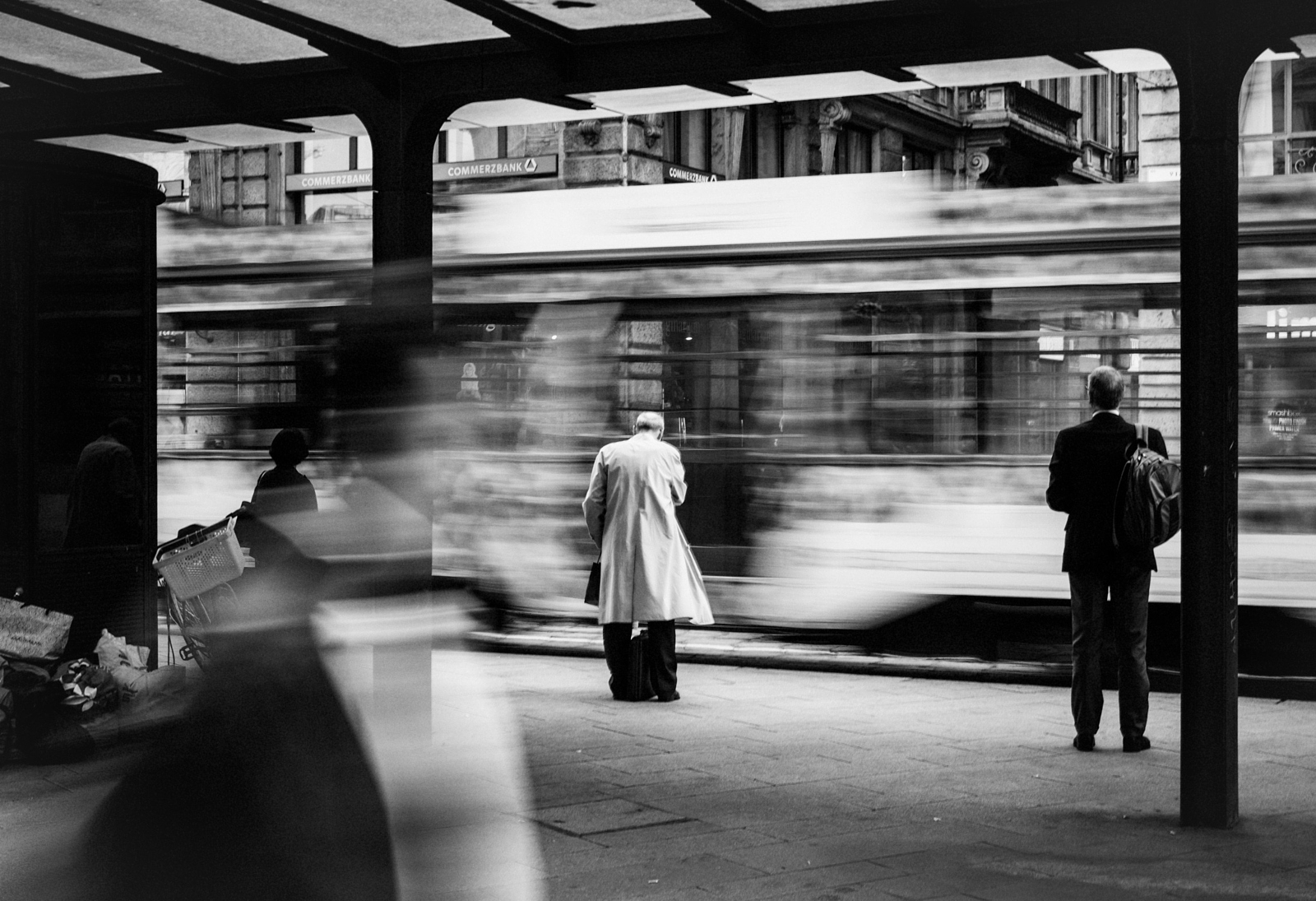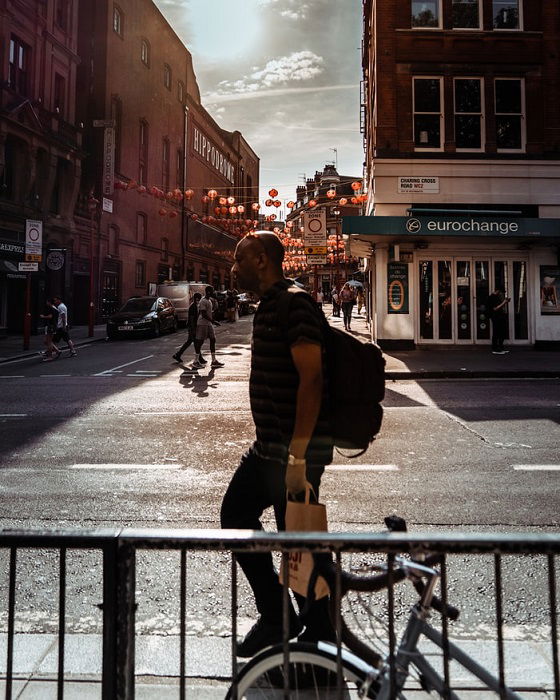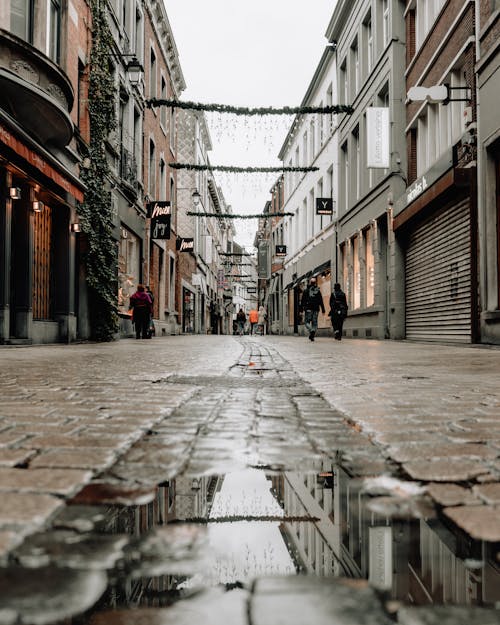Little Known Facts About Framing Streets.
Table of ContentsUnknown Facts About Framing StreetsFraming Streets Can Be Fun For Everyone8 Simple Techniques For Framing StreetsIndicators on Framing Streets You Need To KnowAn Unbiased View of Framing StreetsLittle Known Facts About Framing Streets.
Photography category "Crufts Pet dog Program 1968" by Tony Ray-Jones Road photography (likewise sometimes called honest digital photography) is digital photography carried out for art or query that features unmediated chance encounters and arbitrary events within public locations, usually with the aim of catching pictures at a crucial or poignant minute by careful framing and timing. 
His boots and legs were well specified, but he is without body or head, because these were in activity." Charles Ngre, waterseller Charles Ngre. https://framingstreets1.blog.ss-blog.jp/ was the very first photographer to achieve the technical elegance called for to register individuals in activity on the road in Paris in 1851. Professional Photographer John Thomson, a Scotsman functioning with reporter and social activist Adolphe Smith, published Road Life in London in twelve monthly installments beginning in February 1877
The Best Strategy To Use For Framing Streets
Eugene Atget is related to as a progenitor, not because he was the very first of his kind, but as an outcome of the popularisation in the late 1920s of his record of Parisian streets by Berenice Abbott, who was motivated to carry out a comparable documentation of New york city City. [] As the city created, Atget helped to advertise Parisian roads as a worthwhile topic for digital photography.

More About Framing Streets
The principal Mass-Observationists were anthropologist Tom Harrisson in Bolton and poet Charles Madge in London, and their initial report was generated as the book "May the Twelfth: Mass-Observation Day-Surveys 1937 by over 2 hundred viewers" [] Window cleaner at Kottbusser Tor, Berlin, by Elsa Thiemann c. 1946 The post-war French Humanist School photographers discovered their subjects on the road or in the bistro. Between 1946 and 1957 Le Groupe des XV yearly displayed work of this kind. Andre Kertesz. Circus, Budapest, 19 May 1920 Street digital photography developed the significant content of 2 events at the Museum of Modern Art (Mo, MA) in New york city curated by Edward Steichen, 5 French Photographers: Brassai; Cartier-Bresson, Doisneau, Ronis, Izis in 1951 to 1952, and Post-war European Photography in 1953, which exported the concept of street photography globally.

Some Known Incorrect Statements About Framing Streets
, then an educator of young kids, associated with Evans in 193839.'s 1958 publication,, was significant; raw and commonly out of emphasis, Frank's pictures examined traditional digital photography of the time, "tested helpful hints all the formal rules laid down by Henri Cartier-Bresson and Walker Evans" and "flew in the face of the wholesome pictorialism and genuine photojournalism of American magazines like LIFE and Time".